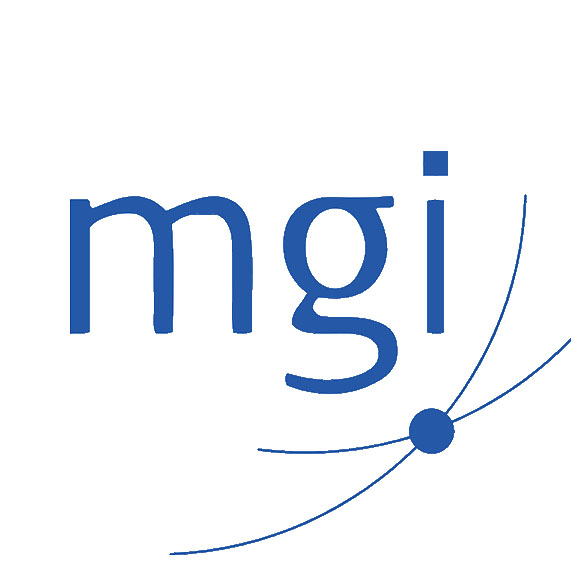One of the reasons businesses run out of cash – and generally go broke – is that they grow too fast.
What a paradox – the business is growing too quickly and is therefore too successful for its own good!
Not surprisingly, in situations like these you also find that the largest “creditor” of the business is the Australian Taxation Office, due to either unpaid GST, PAYG withholdings, employee super or all three. In other words, the business has used the ATO as a banker. The obvious question is – why?
The broader answer is very simple – lack of access to alternative funders.
Sources of funding for your business
A typical family-owned business usually only has two sources of funding – the owners or the bank – and the latter option is generally only available if the owners have “bricks and mortar” security (i.e. their home).
Where the business owner has little or no equity in their home and/or the funding needs of the business exceeds the amount they can borrow against their home, the options tend to be very limited. Banks may still lend something against the assets of the business (e.g. stock and debtors), but the size of this facility is often a fraction of the assets pledged as security and the facility may not increase as the cash flow needs of the business increase.
Children taking over a business from their parents may also lack the amount of capital (or property security) needed to grow the business.
Family-owned businesses are also reluctant to call in a “white knight” (a friend with cash) or venture capital provider. In any case, the latter are generally not attracted to smaller “mum and dad” family businesses. This therefore only leaves two sources of funding – business creditors and the ATO. Business creditors tend to get looked after as the business owner wants to ensure supply of raw materials to their business, which just leaves the ATO.
One often overlooked source of funding may be to “borrow” against the debtors of the business through a debtor finance arrangement (previously called factoring).
How debtor financing works
Traditionally thought of as a lender of last resort, debtor finance companies should not be overlooked as a source of funding for growing businesses, provided the business is profitable. The latter point is crucial, because it is no use accessing cash flow (from anywhere) if the business is not making money. The cash will soon run out and the business will go broke. This was also another reason provided in my previous article about why businesses don’t have cash – they don’t have a cash flow problem, they have a profitability problem. A lack of cash is the symptom, but a lack of profitability is the cause.
Assuming the business is profitable and growing, debtor finance provides an opportunity to borrow against the debtor book, particularly where it is a high quality debtor book. Generally, debtor financing companies will advance a percentage of the debtor book (e.g. 75% or 80%) for those debtors who have been outstanding for less than 90 days.
So, why don’t more family-owned businesses take up debtor financing?
I suspect there are a number of reasons for this. One reason might be the perceived stigma. Often, debtor finance companies will require that the arrangement be disclosed to the customers of the business and collection of the outstanding debts is handled by the debtor finance company. Whilst this needs to be carefully managed, I do see a “good news story” in here for the business and that story should be “sold”. The business is growing! Every business owner understands that a growing business needs to fund cash. So should your customers.
Secondly, the business is “outsourcing” its debtor management, thereby enabling the owners to focus on doing what they do best – build the business. You may also find that your debtors are better managed (and more likely to pay on time) when there is greater focus applied.
Another reason may be because debtor finance is generally a more expensive form of funding than traditional bank finance secured by a property. This is not surprising – it’s more risky. If the business owner had property to put up as security then they wouldn’t need debtor finance. So it is important to understand what the cost of funds will be. Even if the effective cost of funds is (say) 15%, provided the business is making a return on capital employed (ROCE) of greater than this then they are in front. In other words, if the ROCE for the business is, say, 25% then the business owner is still in front by 10% once the financing cost has been paid. Would you rather make 10% of something or 100% of nothing?
I have certainly seen debtor financing used to beneficial effect by one second-generation family business client, where the children (who recently took over the business) had little or no “bricks and mortar” security.
Clearly, in a perfect world having access to an unlimited supply of cash is utopia. However, we don’t live in a perfect world and business owners frequently have to deal with imperfection. The challenge for business owners using any sort of funding, but particularly debtor financing is to know the key financial parameters of their business.
The big three financial ratios every business needs to know
1.Know your ROCE. If you don’t know this and the areas of your business that drive it, you’re driving blind.
2.Know your free cash flow (FCF). Work out your after-tax profit. Subtract from this the amount by which the capital employed in the business has grown during the year (or last year). If the answer is negative, you have negative FCF and this can’t be sustained forever.
3.Know your Working Capital Absorption Ratio. This is simply the amount of additional working capital your business will need to fund a given increase in sales. This can vary significantly from business to business. If you don’t know this and you have a growing business, you’re in risky territory, unless of course you have an endless supply of cash.







